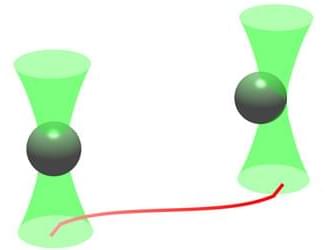Jun 2, 2024
COMBI-Tweez: a new nanotechnology to study the molecule of life
Posted by Dan Breeden in categories: biotech/medical, nanotechnology
Researchers based at the Dept of Biology and School of Physics, Engineering and Technology have developed a remarkable new technology which is able to study single biological molecules using intrinsic twist properties to bring about essential functions in cells.
“Nano twists” that drive life
There are myriad so-called “chiral” molecules in biology, which have a fascinating property of not appearing to have the same structure were you to look at their image in a mirror — one of the best known examples being DNA, the “molecule of life”, whose chirality comes from its amazing double helix structure. This chirality, which looks in the case of extended DNA molecules like “nano twists”, results in a property which physicists describe as “symmetry breaking” which in turn can drive molecules into a range of different states. With input from sources of energy, these molecules can then jump between different states as part of their normal function, and it is this state jumping which essentially drives all processes in living cells — so chirality is an enormously fundamental feature which in effect effect steers key cellular processes.

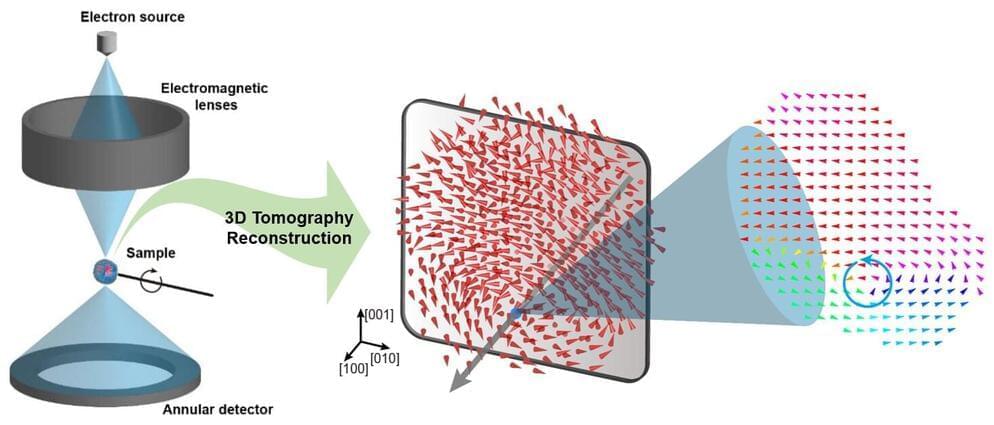
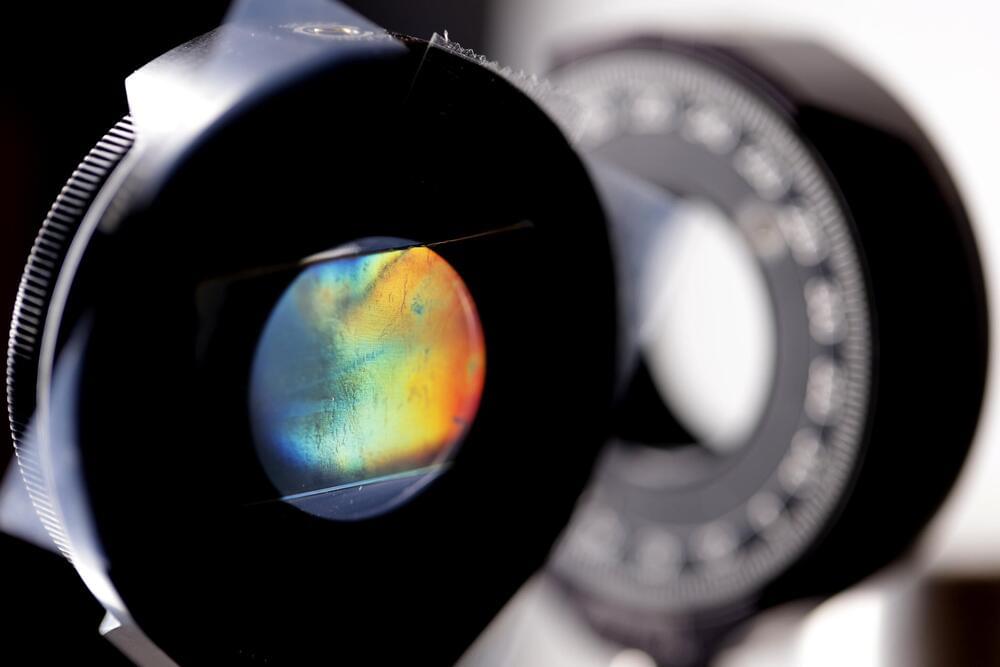


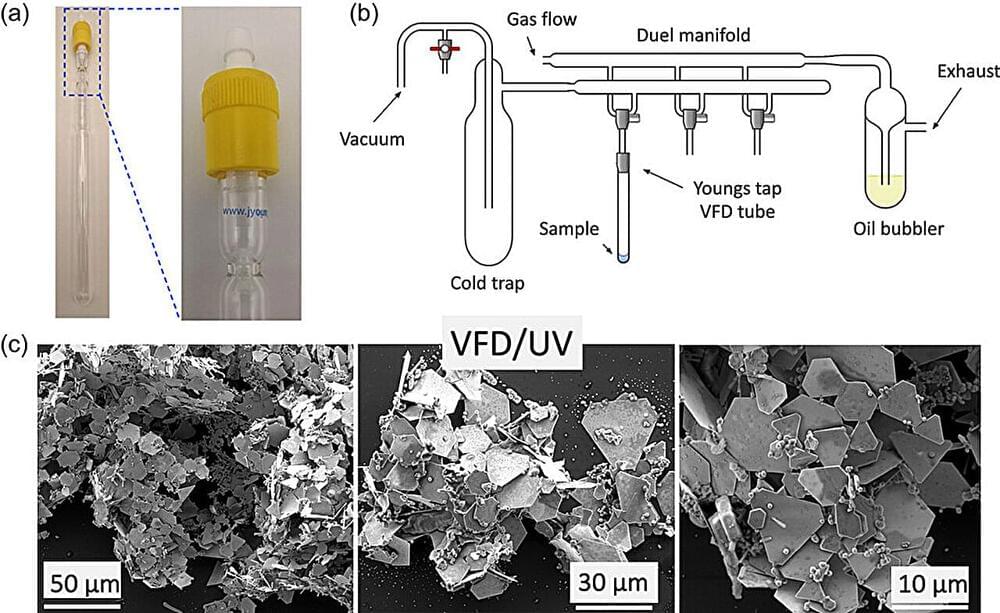
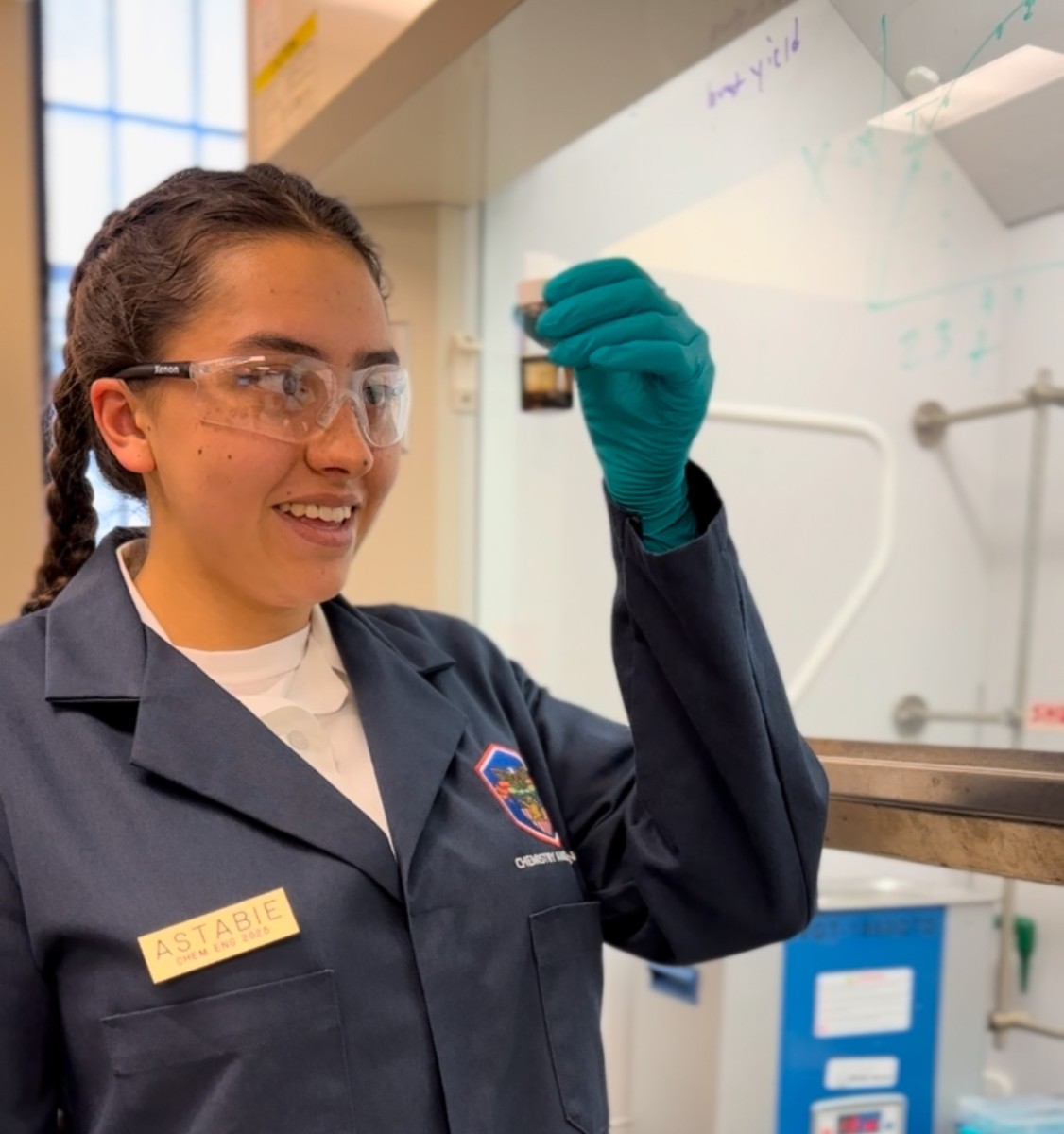 “Batteries are the crux of many of the most important emerging technologies in both the civilian world and, important to our profession, on the battlefield,” said United States Military Academy Cadet Michael Williams. “More energy dense batteries allow, for instance, greater range on electric vehicles, longer battery lives for radios, and longer flight times for drones. Our work helps make manufacturing these batteries easier.”
“Batteries are the crux of many of the most important emerging technologies in both the civilian world and, important to our profession, on the battlefield,” said United States Military Academy Cadet Michael Williams. “More energy dense batteries allow, for instance, greater range on electric vehicles, longer battery lives for radios, and longer flight times for drones. Our work helps make manufacturing these batteries easier.”
